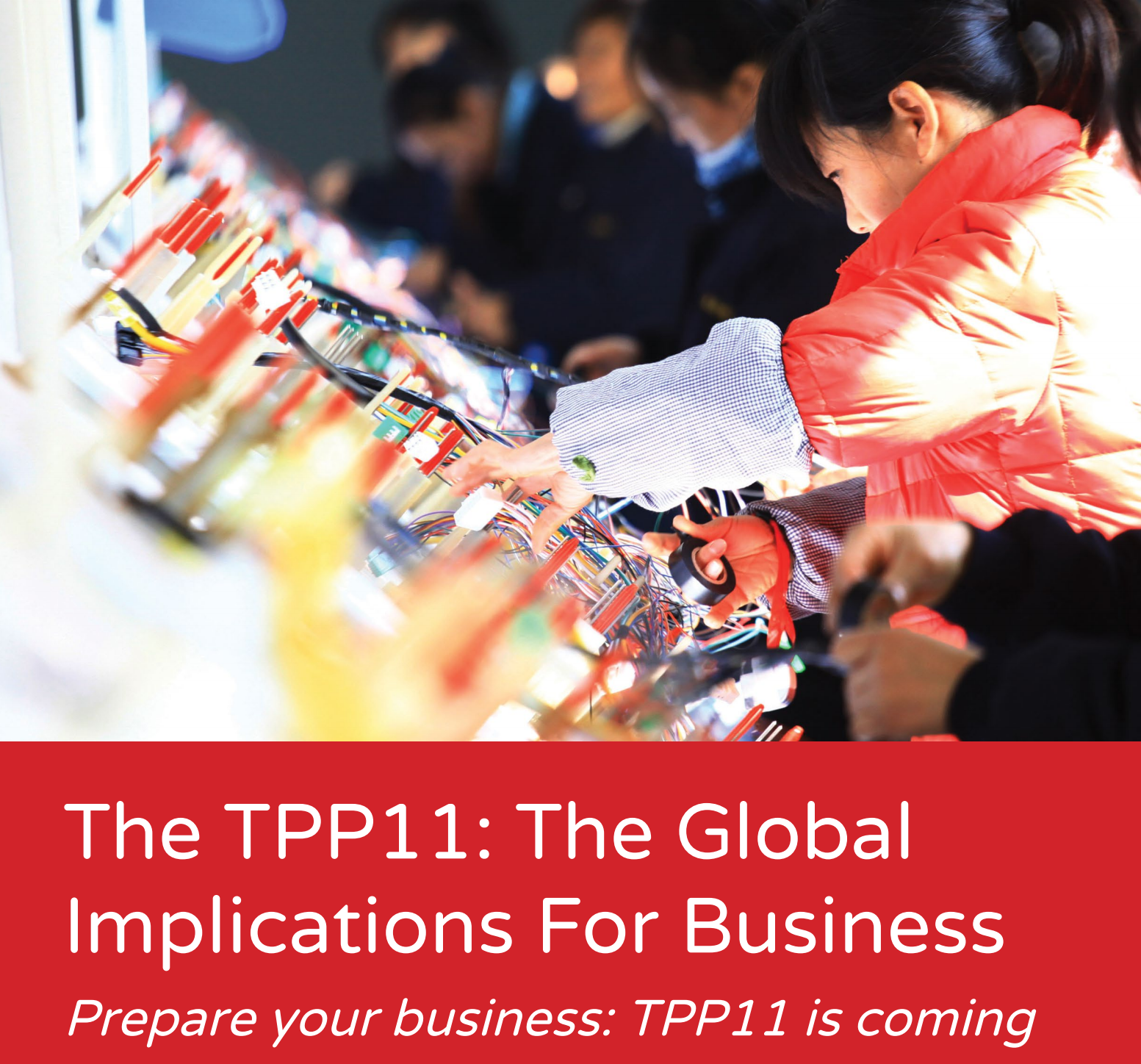It was an exciting time to be in the region. Governments were enthusiastically signing up to a wide variety of trade agreements. For example, Laos completed accession procedures to become the 158th member of the World Trade Organization (WTO). We were in Bhutan for two workshops to support a renewed consideration of joining the WTO. We also had several training activities in Timor Leste with members of Parliament and across the government to support accession to the WTO in conjunction with plans to become part of ASEAN. Mongolia, the last WTO member to not have a free trade agreement (FTA), asked for training to complete an FTA with Japan. ASEAN itself was rapidly pursuing greater internal integration, with plans for the ASEAN Economic Community (AEC) pushed forward from 2020 to 2015. It was also working on a range of agreements called ASEAN+1s with major powers in the region including Australia, China, India, Japan, New Zealand, and South Korea. There was also a lot of activity to integrate Asia more closely to the rest of the world. The first meeting in what would become the Trans-Pacific Partnership (TPP) took place in Singapore on the sidelines of APEC. The TPP, as regular Talking Trade readers will recall, rapidly expanded and finally concluded in 2014. The European Union was actively involved in working with members of ASEAN to create an eventual bloc-to-bloc agreement, starting with a bilateral FTA with Singapore.
Data is the New Avocado?
But as Søndergaard suggested, data is not like oil. For one thing, oil doesn’t go anywhere. It sits in the ground until it is brought up and used. It can be used all at once or just some at a time while the rest remains waiting. Oil can be stored forever (or at least for a very long time) without significant problems. Data, by contrast, is like an avocado. It has a clearly defined shelf-life. Data collected and used too early is pointless. Data harvested too late is often of no use at all. Søndergaard’s company runs what is billed as the world’s largest online wine marketplace. In his business, it does no good at all to rate a wine that does not exist as all the stock is gone or to recommend a wine to a customer that has already purchased something to drink for dinner. What matters is knowing what is needed in the moment when the information is “ripe.”
Helping Smaller Firms Thrive and Grow with Trade Policies
Policymakers should not assume that MSME firms will always stay MSMEs. Yet frameworks in many economies seem designed to trap smaller firms into a set category and entrench them into a “small” mindset. There will always be MSME firms. They form the backbone of most economies, as much as 97 percent of companies across Asia, employing the overwhelming share of workers. The goal of MSME policies should be enabling the current crop of smaller firms to grow, allowing firms in the “medium” category to reach large scale in relatively short order, while encouraging new entrants to the MSME ranks. Trade policy is one tool to help MSMEs grow. In most economies, the domestic market alone can be too small or even too competitive for success. E-commerce and digital technology, however, have allowed MSMEs to reach regional or global audiences.
The CPTPP Enters Into Force on December 30, 2018
After a long and arduous path, the Comprehensive and Progressive Trans-Pacific Partnership (CPTPP) trade agreement is ready to enter into force on December 30, 2018! Six member states have completed ratification procedures to allow the entire agreement to begin before the end of this year: Australia, Canada, Japan, Mexico, New Zealand and Singapore. This means that for these six members, every provision in the CPTPP will enter into force on December 30. Every tariff line will be reduced or eliminated, every service and investment sector that was pledged will be opened for CPTPP companies, all new rules on intellectual property rights start, all new customs procedures begin, new provisions for competition and state-owned enterprises kick in, labor and environment rules come into force, and so forth.
The Final CPTPP Text is Out
The final version of the TPP was released this morning. After more than a year of renegotiation, the release seems like a bit of an anticlimax—the whole “text” is 9 pages. This does understate the issue, of course, since the entire original agreement is now incorporated by reference. The eleven country members are meeting in Chile on March 8 for signature. TPP11 is now on track to begin later this year. Firms should no longer delay. The benefits on offer are substantial. See our latest booklet on how to prepare. For regular readers of Talking Trade, I’m delighted to report that you already knew what the Comprehensive and Progressive Trans Pacific Partnership (CPTPP) contains.




